Online engagement
Digital engagement can take many forms but is often focused around making collections accessible online or using technology in a way which re-imagines the collections. Oxford University Gardens, Libraries and Museums (GLAM) Digital Strategy aims to embrace the opportunities offered by digital to democratise access to the collections, thus eliminating geographic, cultural and economic boundaries.
The Covid-19 pandemic was a driver of digital innovation across the cultural sector and much new content has been created and new dissemination activities developed. These include: online lectures, online tours and trails via digital guides/interactives, many of which can be accessed worldwide to a global audience.
There may be many more possibilities than are listed below, as well as opportunities for overlap depending on the nature of the project. There is also scope for cross-collection public and community engagement with research (PCER) activities that span more than one GLAM institution.
All GLAM institutions have their own social media accounts, potentially allowing researchers access to tens of thousands of people around the world. Researchers should contact the relevant public and community engagement teams for details of how to get involved (see below).
Please be aware that GLAM venues have full and busy programmes and it may not be possible to pick up activities that have already been fully developed or to deal with urgent requests. Ideally, activities should be co-created with GLAM from project conception and researchers should get in contact early so that we can work together to develop your ideas. Please note that while researchers may contact GLAM departments directly they are also encouraged to contact departmental/Divisional PCER facilitators for interim support/guidance.

GLAM PCER Toolkit | Getting started |
| Opportunities by category | Opportunities by institution | Case studies |
(Please note that opportunities are subject to change)
- Online/digital engagement can allow researchers to engage with much larger audiences beyond the physical boundaries of the GLAM institutions
- Content can be expressed at different levels and in different formats that address different needs; this can help to reach not just a larger audience but also a more diverse audience as the same information is shared in different ways
- Such work can be long-lasting if carefully planned to secure the digital legacy of the online engagement
- Online/digital engagement can be time and resource-intensive; it may require professional expertise and skills to be effective, which can add to costs
- Although technology continually provides new opportunities for interaction, online/digital engagements are still likely to be less personal and less interactive than in-person/on-site events
- Time and resource will be required for training staff and building awareness of new products and opportunities
Online/digital content takes as much, if not more time, to develop than content for on-site events, and can be considerably more expensive. Costs will be very variable depending on the project but may include:
- Development of online/digital engagement activity (design, implementation) which may require significant third party costs
- Marketing costs
- Evaluation costs
- Staff time (in particular public engagement and education/learning staff). See section on How much will the PCER activity cost? in the GLAM PCER Toolkit for further details
Please contact the relevant team to discuss costs as soon as possible to discuss.
Examples (in alphabetical order by GLAM institution)
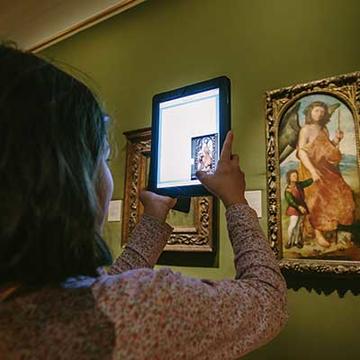
Ashmolean Museum
Researchers could potentially develop new research-based resources for the Ashmolean from Home pages. These currently contain stories and videos based on the Museum’s collections as well as more interactive activities such as podcasts, jigsaws, quizzes and colouring pages.
Approx. costs: Costs can be variable so contact the relevant team to discuss
Further information: Ashmolean From Home webpage
Ashmolean PCER projects are currently being updated. Examples and opportunities are subject to change.
Contact: PER Coordinator, Zoe Bampton (zoe.bampton@ashmus.ox.ac.uk)
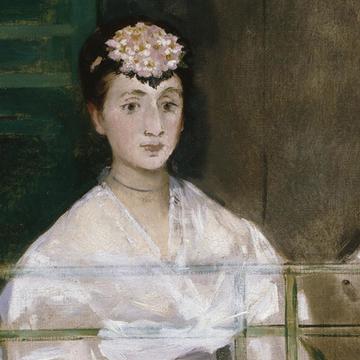
Ashmolean Museum
Researchers could present a talk which could be delivered in-person, hybrid and/or online, and which could then be added to the Museum’s YouTube channel.
Example: Birds and the bees: Colour in Victorian nature
Further examples: Events webpage
Further information: Ashmolean From Home webpage
Ashmolean PCER projects are currently being updated. Examples and opportunities are subject to change.
Contact: PER Coordinator, Zoe Bampton (zoe.bampton@ashmus.ox.ac.uk)
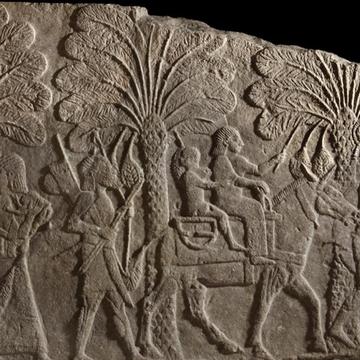
Ashmolean Museum
Podcasts allow audiences to explore tales hidden in the objects and explore collections and themes from new viewpoints.
Researchers could contribute towards a themed podcast series or potentially (co-)develop a new theme for a series.
Example: Fingerprints podcast series
Further examples: Podcasts webpage
Further information: Ashmolean From Home webpage
Ashmolean PCER projects are currently being updated. Examples and opportunities are subject to change.
Contact: PER Coordinator, Zoe Bampton (zoe.bampton@ashmus.ox.ac.uk)
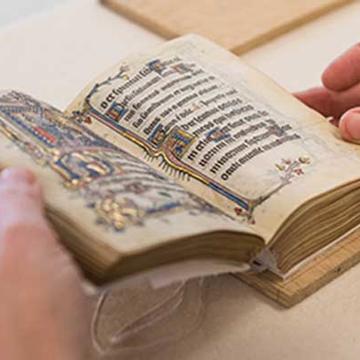
Bodleian Libraries
There are many engaging blogs kept by members of library staff in Oxford, providing regularly updated content on a broad range of subjects.
Researchers are encouraged to write blogs which will appeal to followers of the Bodleian’s multiple and varied blogs.
Approx. costs: No cost – researchers should bring themselves and their research.
Example: The Conveyor (Centre for the Study of the Book)
Further examples/information: List of blogs
Contact: See individual blog for contact details
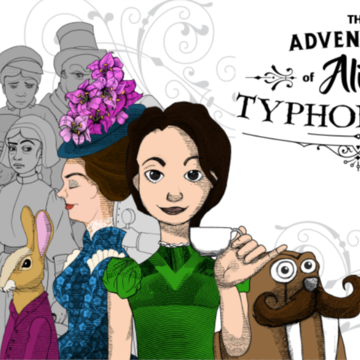
Bodleian Libraries
Researchers could potentially co-create online content such as virtual tours, interactives, and/or podcasts & videos to support exhibition and display projects. Some examples from past exhibitions can be explored online.
Approx. costs: Costs could be as high as £50k so contact the relevant team to discuss
Example: Alice in Typhoidland
Further examples/information: Past exhibitions online webpage
Contact: Public Engagement team (publicengagement@bodleian.ox.ac.uk)
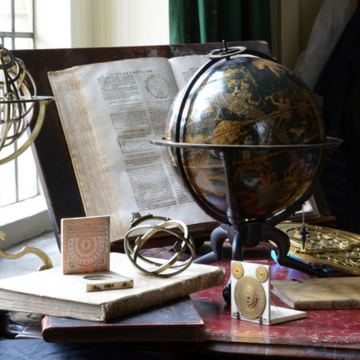
History of Science Museum
Researchers are encouraged to write blogs which will appeal to History of Science Museum blog’s followers. Topics include exhibitions, Museum news, education, events, collections, astrolabes, art, outreach, women and science, Oxford science stories, and decolonising the Museum collection.
Approx. costs: No cost – researchers should bring themselves and their research
Further information: Inside HSM Oxford Blog
Contact: Public Engagement Office (publicengagement@hsm.ox.ac.uk)
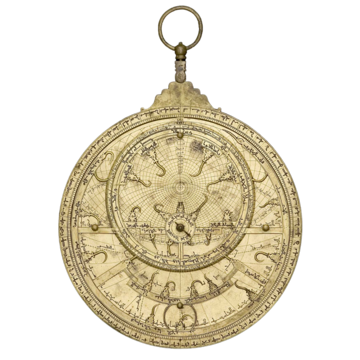
History of Science Museum
The History of Science Museum has been creating virtual versions of its exhibitions since 1995.
Researchers could potentially co-create online exhibitions including content such as virtual tours, videos from exhibition opening events, and podcasts & videos from the exhibition.
Approx. costs: Costs can be variable so contact the relevant team to discuss
Example: Mirror of the Stars, online exhibition about astrolabes
Further examples/information: Current exhibitions and displays webpage
Contact: Public Engagement Office (publicengagement@hsm.ox.ac.uk)
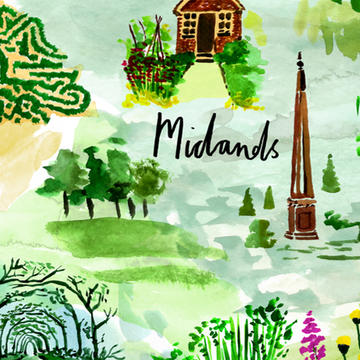
Oxford Botanic Garden and Arboretum
Researchers could potentially create content such as stories and online exhibits for this exciting partnership with Google. The site was launched in July 2020 and allows users to wander through the world’s most threatened trees with Google Street View, unearth botanical treasures and discover more about behind-the-scenes research, all from the comfort of their home.
Further information: OBGA Google Arts & Culture webpage
Contact: Deputy Director and Head of Science (chris.thorogood@obg.ox.ac.uk)

University of Oxford Botanic Garden and Arboretum blog
Oxford Botanic Garden and Arboretum
Researchers are encouraged to write blogs which will appeal to the Garden’s blog followers and which share the scientific wonder and importance of plants with the world.
Further information: University of Oxford Botanic Garden and Arboretum blog
Contact: Deputy Director and Head of Science (chris.thorogood@obg.ox.ac.uk)

University of Oxford Botanic Garden and Arboretum YouTube channel
Oxford Botanic Garden and Arboretum
Researchers could potentially create content such as talks and videos for the YouTube channel which will appeal to the Garden’s followers and which share the scientific wonder and importance of plants with the world.
Example: Celebrating Botanic Gardens: Past, Present and Future (part of 400th anniversary celebrations)
Further examples/information: University of Oxford Botanic Garden and Arboretum YouTube channel
Contact: Deputy Director and Head of Science (chris.thorogood@obg.ox.ac.uk)
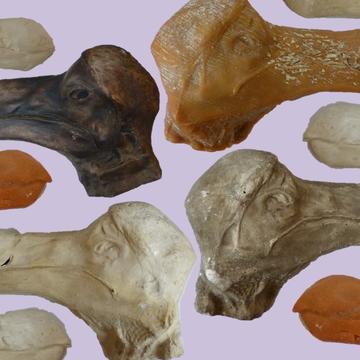
Oxford University Museum of Natural History
Researchers are encouraged to write blogs which will appeal to the Museum of Natural History blog’s followers on topics including on Earth, Life, Archives, Learning, Research, Exhibitions, and Conservation.
Approx. costs: No cost – researchers should bring themselves and their research
Further information: More Than a Dodo Blog
Contact: Web and Communications team (eleanor.mckelvey@oum.ox.ac.uk)
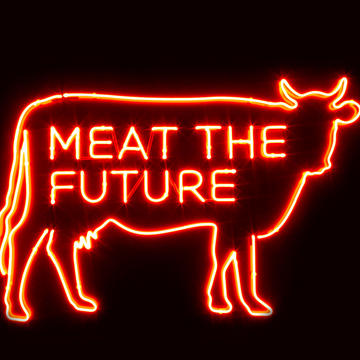
Oxford University Museum of Natural History
Researchers could potentially co-create content for online exhibitions, which may include text and image content from the exhibition, videos from researchers, and interactives from the exhibition including games.
Approx. costs: Costs can be variable so contact the relevant team to discuss
Example: Meat: The Future Online, a collaborative exhibition between the LEAP (Livestock, Environment and People) research programme at the University of Oxford and the Oxford University Museum of Natural History
Further examples/information: Past exhibitions webpage
Contact: Web and Communications team (eleanor.mckelvey@oum.ox.ac.uk)
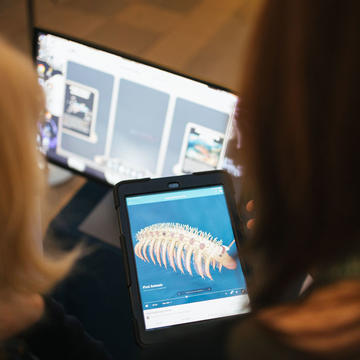
Oxford University Museum of Natural History
Researchers could potentially create content for the Museum's YouTube channel such as online webinars, which connect academic researchers to international audiences, providing a platform for researchers to reach a global audience for their research. Previous examples of online webinars can be viewed on the Museum’s YouTube channel playlists.
Approx. costs: No cost – researchers should bring themselves and their research
Example: First Animals YouTube playlist
Further examples/information: OUMNH More Than a Dodo YouTube channel
Contact: Web and Communications team (eleanor.mckelvey@oum.ox.ac.uk)
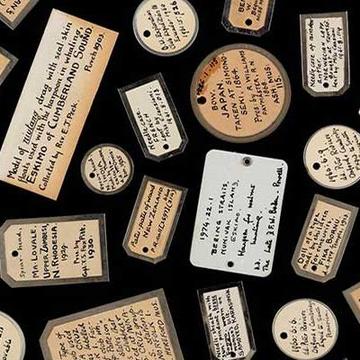
Pitt Rivers Museum
Online webinars connect academic researchers, artists and community members to international audiences, and places researchers and academics alongside non-academic experts. Recordings of most of the Radical Hope, Critical Change events and other online webinars can be viewed on the on the Museum’s YouTube channel playlists.
Researchers could potentially join or lead a panel discussion and/or an online webinar.
Approx. costs: Costs can be variable so contact the relevant team to discuss
Example: Radical Hope, Critical Change Webinar Series
Further examples/information: Pitt Rivers Museum YouTube channel
Contact the museum for more information (prm@prm.ox.ac.uk)
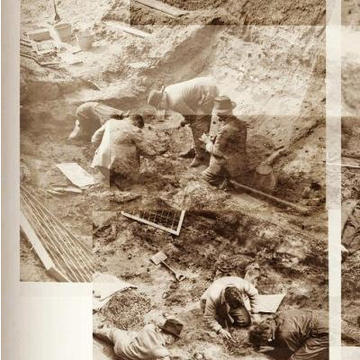
Pitt Rivers Museum
Researchers are encouraged to write blogs which will appeal to Pitt Rivers Museum blog followers; blogs are grouped under photograph and manuscript collections, and object collections.&
Approx. costs: No cost – researchers should bring themselves and their research
Further information: Pitt Rivers Blog
Contact the museum for more information (prm@prm.ox.ac.uk)
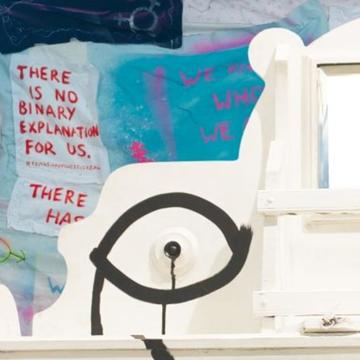
Pitt Rivers Museum
Researchers could potentially develop new research-based podcasts to accompany exhibitions held at and/or projects run by the Pitt Rivers Museum.
Approx. costs: Costs can be variable so contact the relevant team to discuss
Example: Beyond the Binary: Queering and Questioning Collections and Displays at the Pitt Rivers Museum
Further examples/information: Pitt Rivers Museum podcasts on University of Oxford podcast site
Contact the museum for more information (prm@prm.ox.ac.uk)




